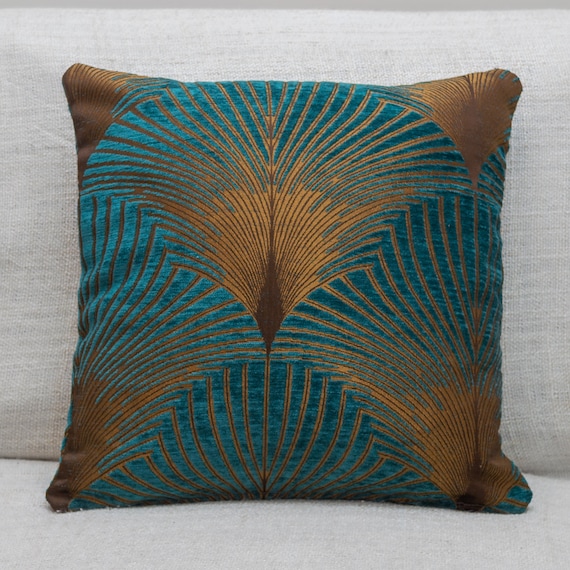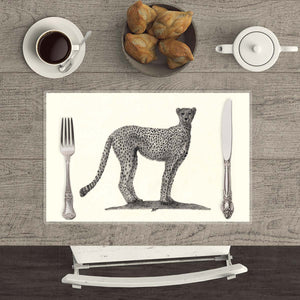More About Unique Art
Table of ContentsUnknown Facts About Unique ArtThe Buzz on Unique ArtNot known Details About Unique Art 8 Easy Facts About Unique Art Described
While one could question which art type holds priority, the reality continues to be that each of these seven kinds offers an one-of-a-kind home window right into human history, culture, and development. They are the tapestries that chronicle our trip, reminding us of our past while motivating visions for the future.Great art work narrates, makes individuals look twice, and develops a distinct experience that can not be matched. Art and pictures connect every one of that via shade, form and other style aspects. Learn how to make your one-of-a-kind artwork stand out from the crowd.
3 Emil DervishIn this entranceway by Emil Dervish that beautiful cobalt blue door swipes the program. To bring a lot more drama, he expanded the paint. to the doorframe and the wall up, ending up in an arched shape. The contours, along with a round sconce, soften the sides - Unique Art. Frames classic posters and maps of cherished locations established the scene.
8 TRIA GIOVANEqual parts grand and laidback, this entrance hall created by Anthony Baratta is the best plan to adhere to if you're decorating an official entrance that still feels unfussy and comfy. Formed fabrics take spotlight (see the carpetings and the couch), but they also help bring the high ceilings down to a human scale when hung over wallpaper.
The Best Strategy To Use For Unique Art
18 Heidi Caillier DesignA gallery wall doesn't require to take up the entire space. Sometimes a small one can make a larger design declaration. In this living room, Hiedi Caillier chose for micro-mini structures and a random structure.
, the expression of ideas and emotions, with the creation of particular aesthetic high qualities, in a two-dimensional visual language. The elements of this languageits forms, lines, colours, tones, and texturesare utilized in different methods to produce experiences of quantity, area, activity, and light on a level surface. These aspects are combined into expressive patterns in order to represent real or superordinary sensations, to analyze a narrative motif, or to produce entirely abstract visual partnerships.
Later on the idea of the "fine musician" established in Asia and Renaissance Europe. Noticeable painters were paid for the social status of scholars and courtiers; they authorized their work, determined its layout and commonly its subject and images, and developed an extra personalif not constantly amicablerelationship with their clients. During the 19th century painters in Western societies began to lose their social position and protected patronage.
The Best Guide To Unique Art
Others earned an earnings with exploring exhibits of their work. The demand to appeal to a marketplace had actually replaced the similar (if much less impersonal) needs of patronage, and its effect on the art itself was probably similar. Usually, artists in the 20th century might get to read what he said an audience only through industrial galleries and public museums, although their work may have been periodically reproduced in art over at this website periodicals
For a conversation of the forgery of works of art, see forgery. For a discussion of the role of painting and other arts in religion, in addition to of making use of religious symbols in art, see spiritual importance and iconography. For information on various other arts connected to painting, see posts such as drawing; people art; printmaking. It is the feeling of inevitability in this official organization that offers a great painting its self-sufficiency and presence. The colours and placement of the major pictures in a style might be sometimes mostly determined by representational and symbolic considerations. It is the formal interplay of colours and shapes that alone is capable of connecting a particular mood, creating optical experiences of area, volume, motion, and light and producing forces of both consistency and stress, even when a painting's narrative meaning is unknown.
Do not copy the style of various other musicians if you're searching for your design. Copying other individuals's art work can be terrific in instructional functions yet it will not make you closer to locating your own unique style. Your imaginative style needs to be, what you like and what influences you.

Getting The Unique Art To Work
You require to try great deals of various choices and check out everything prior to you can concentrate on one certain design or you'll be burnt out, or even worse, you'll dislike your own style. I recommend you to try every single topic that you're interested in, explore as much as you can. Try various tools that excite you and new strategies you've never ever tried before.
With time you'll be able to sort all of them into your preferred and least favored groups. Attempt to concentrate your interest on the subjects and tools that you like and prior to you see it coming you'll have your own individual and unique design, like no person else have! So ultimately you'll have a couple of preferred topics to repaint and maybe a couple of favorite tools.
